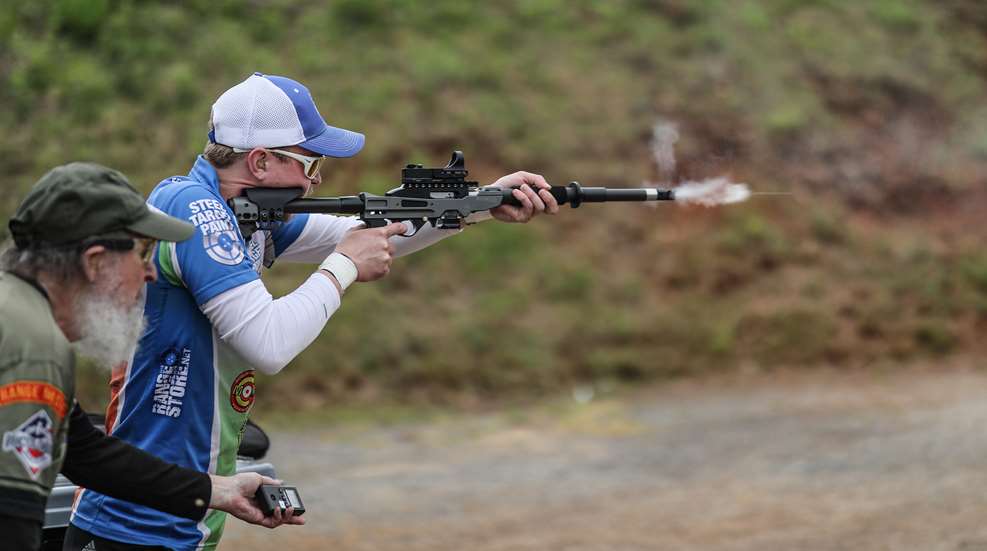
Steel Challenge has experienced significant growth in recent years and it’s not hard to see why. Banging away at steel plates as fast as you can hit them is reminiscent of the old-time carnival shooting booths and is just plain fun. But, that’s not the only reason for the meteoric rise of this unique shooting sport.
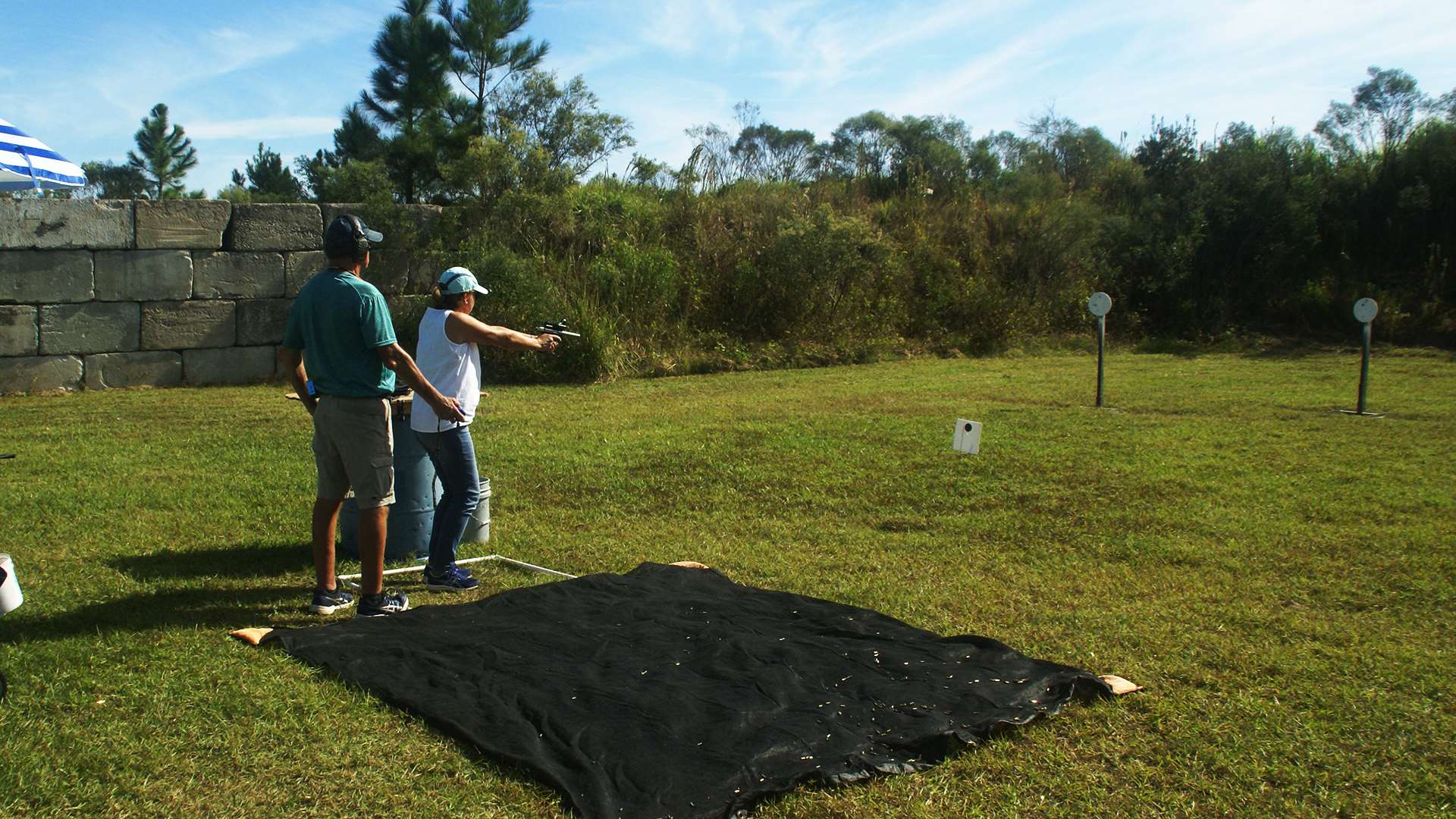
Unlike disciplines such as the United States Practical Shooting Association (USPSA), International Defensive Pistol Association (IDPA), International Confederation of Revolver Enthusiasts (ICORE) and other action shooting games, Steel Challenge requires little in the way of shooter movement during a stage. Of the eight stages, seven are shot from one shooting box, with each competitor firing five strings from that spot. Only the Outer Limits stage requires a shooter move, and that is only six feet from one box to another. Four strings are fired there. Additionally, each of the eight Steel Challenge stages have five metal plates.
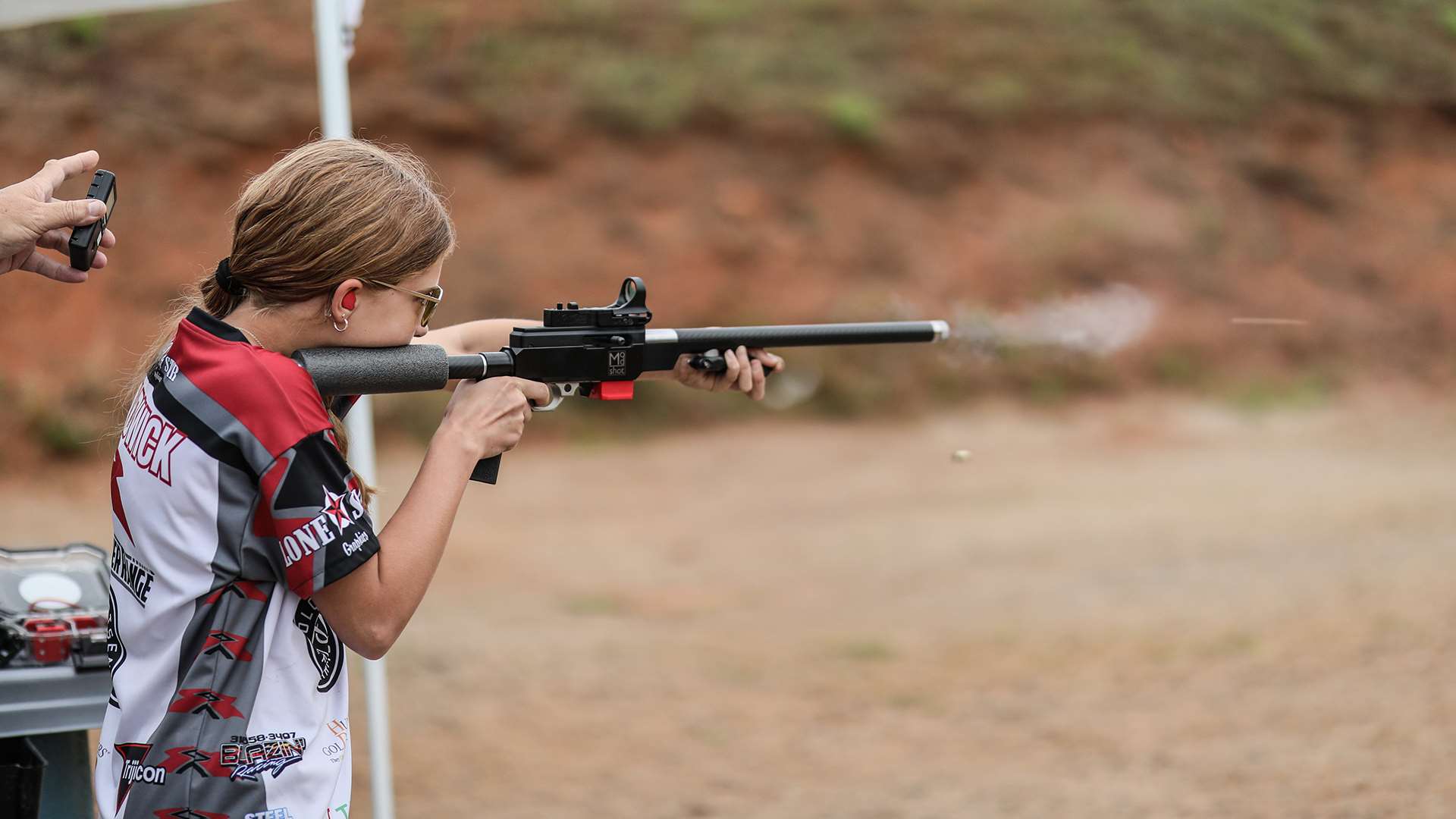
The simplified nature of Steel Challenge makes it an ideal way to introduce new shooters to the action shooting sports. New shooters are, essentially, just spectators in a complex world which takes time to understand and appreciate. With minimal movement and close supervision, due to the Range Officer standing right at their side, new shooters will have an easier path to learning match procedures, safety rules and gun handling skills; all the while improving their speed and accuracy. During my time as an IDPA Safety Officer, I would have been very apprehensive of a 12-year-old shooter running through a course of fire with a loaded firearm, but as a Range Officer at Tier 1 Steel Challenge matches, I enjoyed having young shooters on my squad. Watching them learn, build confidence, improve their skills and have fun at the same was often a rewarding experience for me.
The minimal movement also makes it popular with seniors. Many have been active and successful action shooting competitors for years. But age does catch up and the physical skills required to “run and gun” do fade. For several competitors, however, shooting skills remain and I know a number of shooters over 65 years who are classified as Masters and Grand Masters in the various Steel Challenge gun divisions.
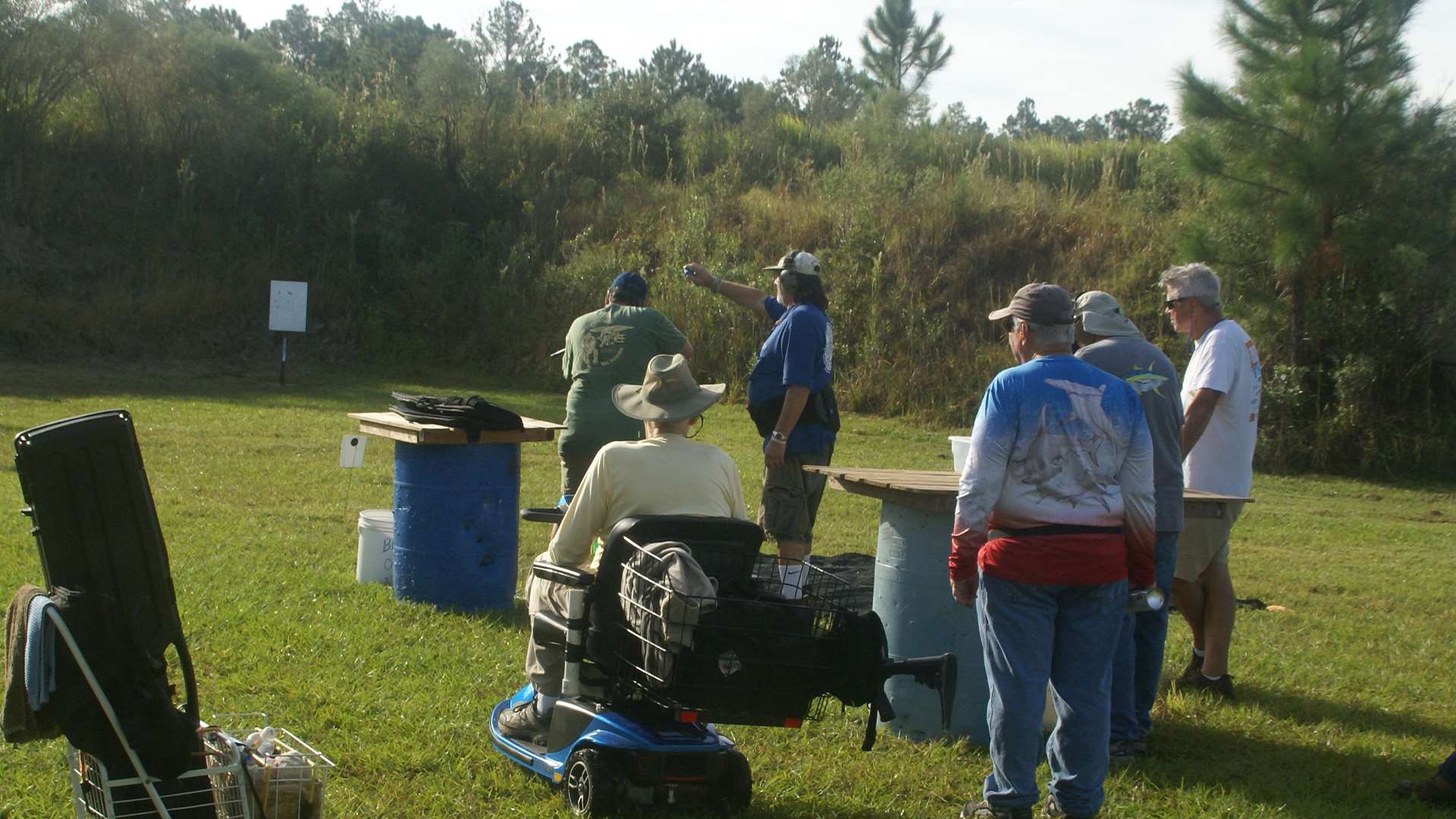
While new shooters and seniors alike can have an enjoyable day, increase their knowledge base and collect some “braggin’ rights,” the “high-speed, low drag” action shooters will also benefit. The Surrender position start for centerfire handgun shooters may not be the same as what they will see on every stage in other action matches, but if they can make a smooth and precise draw from that they will have no issues with others. The Low Ready long gun start position is the same for all action games.
That’s important because action shooters can become a bit sloppy with their presentation and sight picture if the quest for speed takes precedence over accuracy. The cardboard targets used in USPSA, IDPA and ICORE are big, and the first target in a stage is normally located within 10 yards. That can encourage slop, which can then carry over to the remaining target transitions as the shooter runs through the stage. If the Down-1 Zone or A-Zone (which range from eight to 12 inches, depending upon the game) is missed, those targets do have scoring rings that give the shooter some points.
However, those down points are little consolation for the shooter’s poor performance when they consider what could have been.
An IDPA shooter running an eight-target, 16-round stage may be sporting a big smile when the Safety Officer calls the time as 10 seconds. However, that smile will vanish quickly when the scored targets show 15 shots missed the eight-inch Down-0 Zone and wound up in the Down-1 Zone (a one-second penalty for each), and the other wandered into the Down-3 Zone (three-second penalty). That 10-second run now becomes a 28-second final score. A bit more attention to accuracy and focus could have cut that score in half—or more.
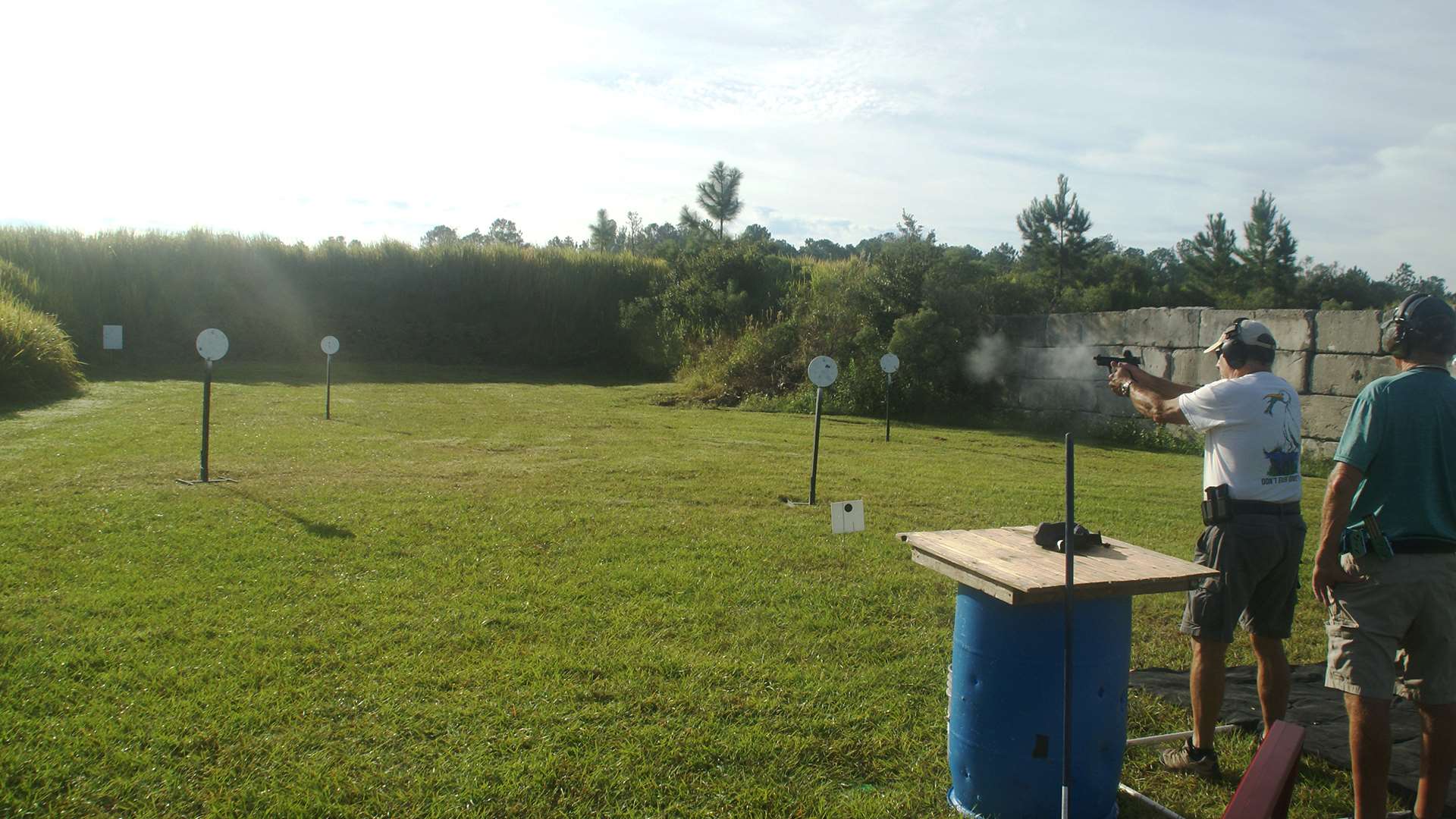
While IDPA was used as an example, the scoring rings are just as brutal in ICORE. The scoring system in USPSA isn’t quite as accuracy-oriented, and it does place a bit more emphasis on speed than precision. But scores there are still better with A-Zone hits than they are with C- or D-Zone hits. Accurate hits count big time in any action game.
That’s what Steel Challenge demands and forces the shooter to achieve. And that focus on precision at speed can significantly improve scores in the other action shooting games.
Steel Challenge plates have no scoring rings; just leave a hit mark anywhere on the plate. Every shot fired is a pass-or-fail exam regarding the shooter’s accuracy. Those plates may be 18x24-inches and set from seven to 35 yards, while the rest are 10- or 12-inch plates set at seven to 20 yards.
A shooter competing in a weekend USPSA, IDPA or ICORE match may make eight to 10 draws and target presentations, with big start position targets that are often located within 10 yards. That’s not a lot of repetition, which is an important factor in developing skills.
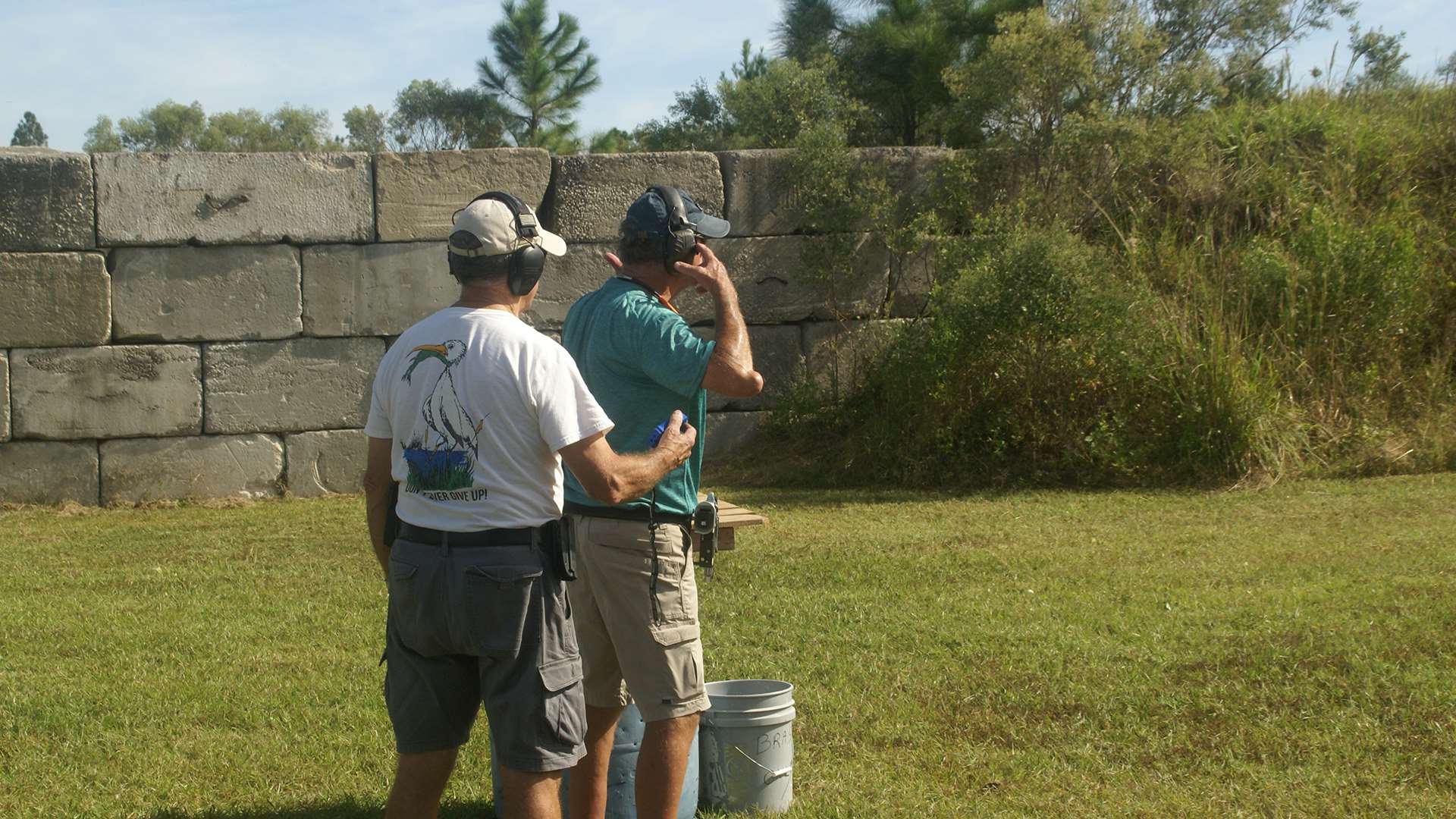
A Steel Challenge shooter in an eight-stage match will make 39 draws and presentations, and many of them will require a precise presentation on a 10- or 12-inch plate set at 14 to 18 yards. Pendulum is likely the toughest, with the four initial plates set at 18 yards. But even a 14-yard plate requires a higher degree of precision than a large cardboard target set at five to 10 yards. Steel Challenge forces a shooter to make a precise draw to an accurate first shot.
It doesn’t stop there.
Once the first plate is hit there are three more to be engaged before the stop plate is reached. Some of the stages spread those plates over a rather long distance. Accelerator requires more than 10 yards of horizontal transition, and a reverse transition from the first plate to the stop plate. Speed Option spreads to 14 yards from the far right and left plates, and complicates the matter by sticking a 12-inch plate right in the middle at 20 yards and adds a 35-yard stop plate.
Quickly swinging through those plates and receiving an immediate “bang ting” instead of a “bang darn” will help develop recoil control, sight focus and peripheral vision that will stand a shooter in good stead in any action game.
The repetitive “must do it right” draw stroke presentation and accurate target transitions encompass key elements of action pistol success. One aspect it doesn’t address is the double taps and controlled pairs that places the required two hits on the cardboard targets. However, those who fail on the draw stroke or transitions will get plenty of practice on that second shot.
Whether the goal is to teach a new shooter, extend the career of a senior shooter or increase the skill set of a current action shooter, there are solid reasons why you should shoot Steel Challenge.

































